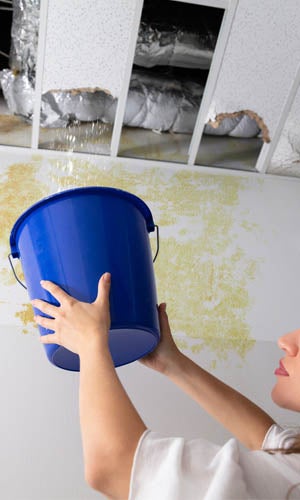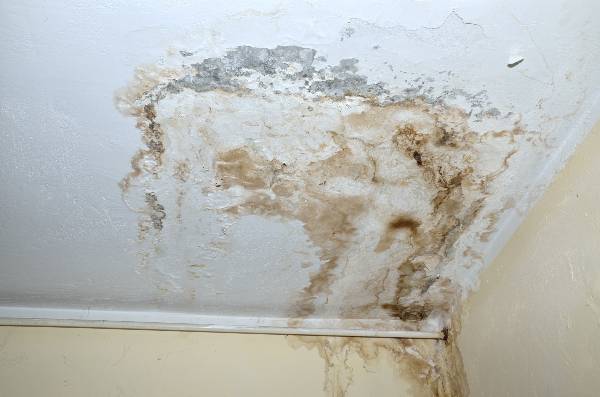This post in the next paragraphs pertaining to Detecting hidden plumbing leaks is incredibly intriguing. Don't bypass it.

Early detection of leaking water lines can mitigate a prospective calamity. Some tiny water leaks might not be visible.
1. Analyze the Water Meter
Every residence has a water meter. Checking it is a guaranteed manner in which aids you uncover leakages. For beginners, turn off all the water sources. Guarantee nobody will certainly purge, make use of the tap, shower, run the cleaning equipment or dishwasher. From there, most likely to the meter and watch if it will alter. Considering that no person is utilizing it, there must be no motions. If it moves, that indicates a fast-moving leak. Also, if you spot no changes, wait an hour or two and also check back once more. This indicates you might have a slow leak that might even be underground.
2. Check Water Consumption
If you find abrupt modifications, regardless of your usage being the very same, it means that you have leaks in your plumbing system. An abrupt spike in your bill suggests a fast-moving leakage.
On the other hand, a consistent rise each month, despite having the same practices, reveals you have a slow-moving leakage that's also slowly intensifying. Call a plumber to extensively inspect your property, especially if you feel a cozy location on your flooring with piping beneath.
3. Do a Food Coloring Test
When it comes to water usage, 30% originates from commodes. Test to see if they are running properly. Drop specks of food color in the storage tank as well as wait 10 minutes. There's a leak between the storage tank as well as bowl if the color in some way infiltrates your dish during that time without flushing.
4. Asses Outside Lines
Do not forget to check your outside water lines as well. Needs to water permeate out of the link, you have a loosened rubber gasket. One small leak can lose bunches of water and spike your water bill.
5. Examine the circumstance and evaluate
Property owners ought to make it a habit to examine under the sink counters as well as also inside cupboards for any bad odor or mold development. These two warnings indicate a leakage so prompt interest is called for. Doing regular assessments, even bi-annually, can save you from a significant problem.
If you know your residence is already old, maintain a careful eye on your heating systems, hoses, pipes etc. Check for discolorations as well as damaging as most appliances and pipes have a life span. They will certainly additionally naturally weaken due to tear and also put on. If you presume leaking water lines in your plumbing system, do not await it to intensify. Call a professional plumber right away so you do not end up with a horrible mess in your house.
Early discovery of leaking water lines can alleviate a possible disaster. Some small water leakages might not be noticeable. Checking it is a guaranteed method that aids you uncover leakages. One tiny leak can squander tons of water and surge your water expense.
If you believe leaking water lines in your plumbing system, don't wait for it to escalate.
WARNING SIGNS OF WATER LEAKAGE BEHIND THE WALL
PERSISTENT MUSTY ODORS
As water slowly drips from a leaky pipe inside the wall, flooring and sheetrock stay damp and develop an odor similar to wet cardboard. It generates a musty smell that can help you find hidden leaks.
MOLD IN UNUSUAL AREAS
Mold usually grows in wet areas like kitchens, baths and laundry rooms. If you spot the stuff on walls or baseboards in other rooms of the house, it’s a good indicator of undetected water leaks.
STAINS THAT GROW
When mold thrives around a leaky pipe, it sometimes takes hold on the inside surface of the affected wall. A growing stain on otherwise clean sheetrock is often your sign of a hidden plumbing problem.
PEELING OR BUBBLING WALLPAPER / PAINT
This clue is easy to miss in rooms that don’t get much use. When you see wallpaper separating along seams or paint bubbling or flaking off the wall, blame sheetrock that stays wet because of an undetected leak.
BUCKLED CEILINGS AND STAINED FLOORS
If ceilings or floors in bathrooms, kitchens or laundry areas develop structural problems, don’t rule out constant damp inside the walls. Wet sheetrock can affect adjacent framing, flooring and ceilings.
https://www.servicemasterbyzaba.com/blog/how-to-detect-water-leakage-in-walls/

I discovered that blog entry on Hacks to detect leaks when doing a lookup on the internet. Are you aware of another person who is in to the topic? Please feel free to promote it. Thanks for your time. Visit us again soon.